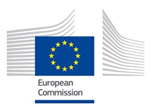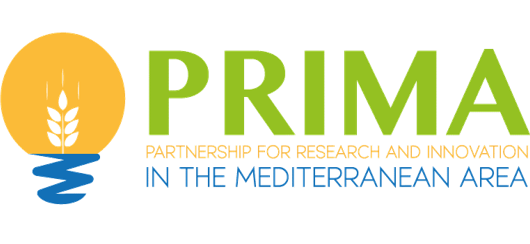 Trends and Challenges in Irrigation Scheduling in the Semi-Arid Area of Spain
Trends and Challenges in Irrigation Scheduling in the Semi-Arid Area of Spain
Abstract: A growing international human population and rising living standards are increasing the demand for agricultural products. Under higher pressure over natural resources, environmentalconcerns are increasing as well, challenging current water use decision-making processes in irrigated agriculture. Higher agricultural productivity means water should be applied more effciently, which requires instant information on weather, soil, and plant conditions throughout the growing season. An information-based irrigation scheduling application tightened to the spatiotemporal variability of the fields is critical for enhancing the current irrigation system and making better irrigation scheduling decisions. The aim of this study is to review current irrigation scheduling methodologies based on two case studies (woody and field crops) located in semi-arid areas of Southeast Spain. We realize that optimal irrigation programming requires consistent investment in equipment, expenditure on operation and maintenance, and qualified technical and maintenance services. These technological approaches will be worthwhile in farms with low water availability, high profitability, and significant technical-economic capacity.
Keywords: water profitability; water scarcity; sensors; big data; information and communication technologies; irrigation scheduling

